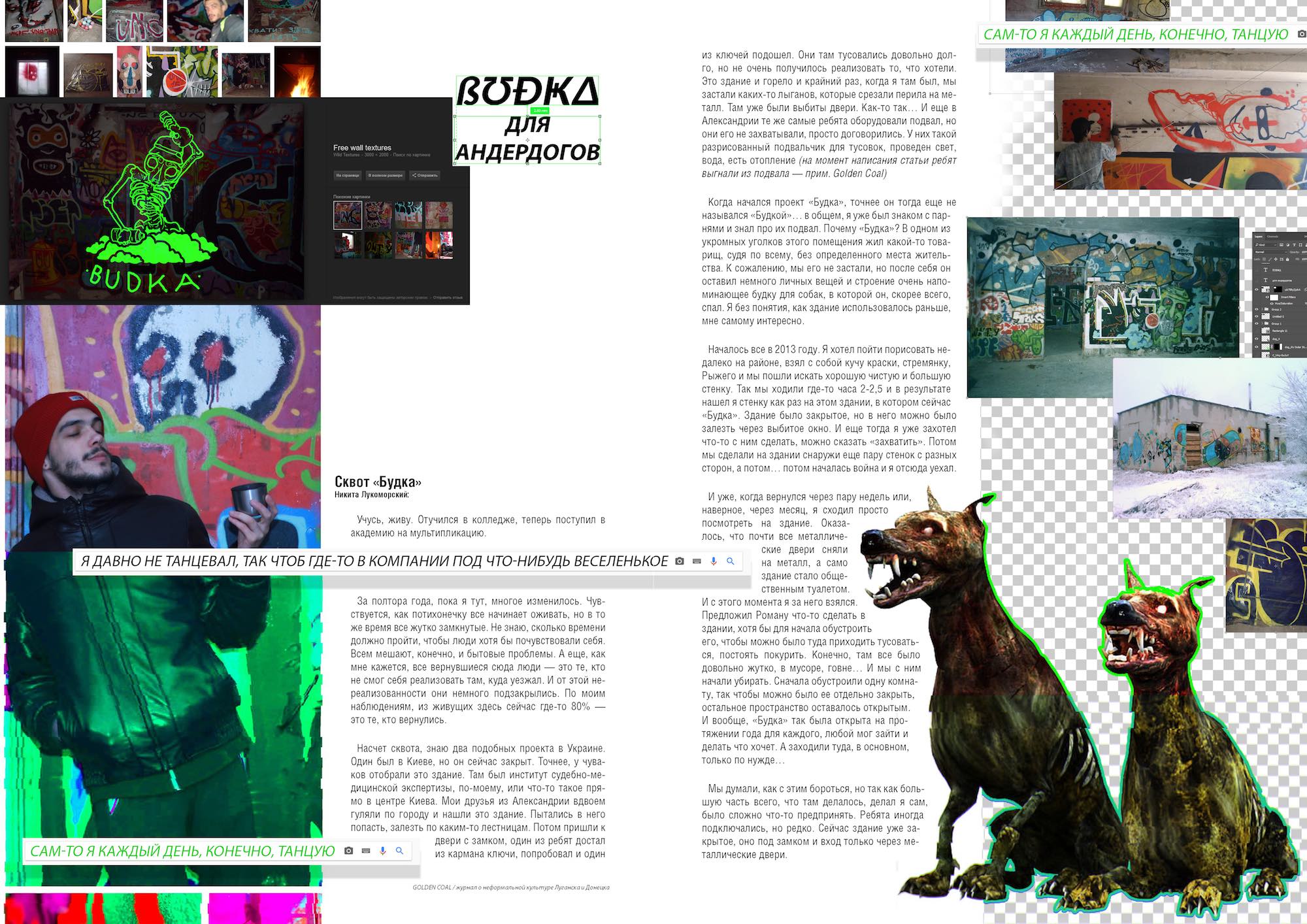Unmanifesto

Taken from Good Trouble Issue 22, the Unmanifesto is a ‘collective visual manifesto’ that includes pull-out poster-size artworks by Wolfgang Tillmans, Sara Rahbar, Scott King, Tobjørn Rødland and more
The word ‘manifesto’ itself comes from a Latin term for ‘making public’. We know manifestos largely in a political context, as declarations of public aims and policy. Yet in a creative context, a manifesto is more than that. Take the ‘Vorticist Manifesto’, an early British version of something like Futurism but without all the fascism, edited by Wyndham Lewis in 1914. This inventive graphic document is almost incoherent in its desire to ‘blast’ things apart. Manifestos have also had coherence; ‘The Ten Point Program’ created by Black Panthers founders Huey P. Newton and Bobby Seale was released in the party’s weekly newspaper in 1967. This exceptionally cogent text was printed in every single one of the following 537 issues. Although written by two people, that list of ‘wants’ is far more than the desires of two individuals. Here, the manifesto embodied a collective desire for “land, bread, housing, education, clothing, justice and peace” and, above all, freedom. These following artworks were created by artists in response to the concept of a ‘collective manifesto’ – a visual project where artists select, declare and illustrate an issue, cause or sensation of their choice.
Unmanifesto curation and Introduction by Francesca Gavin
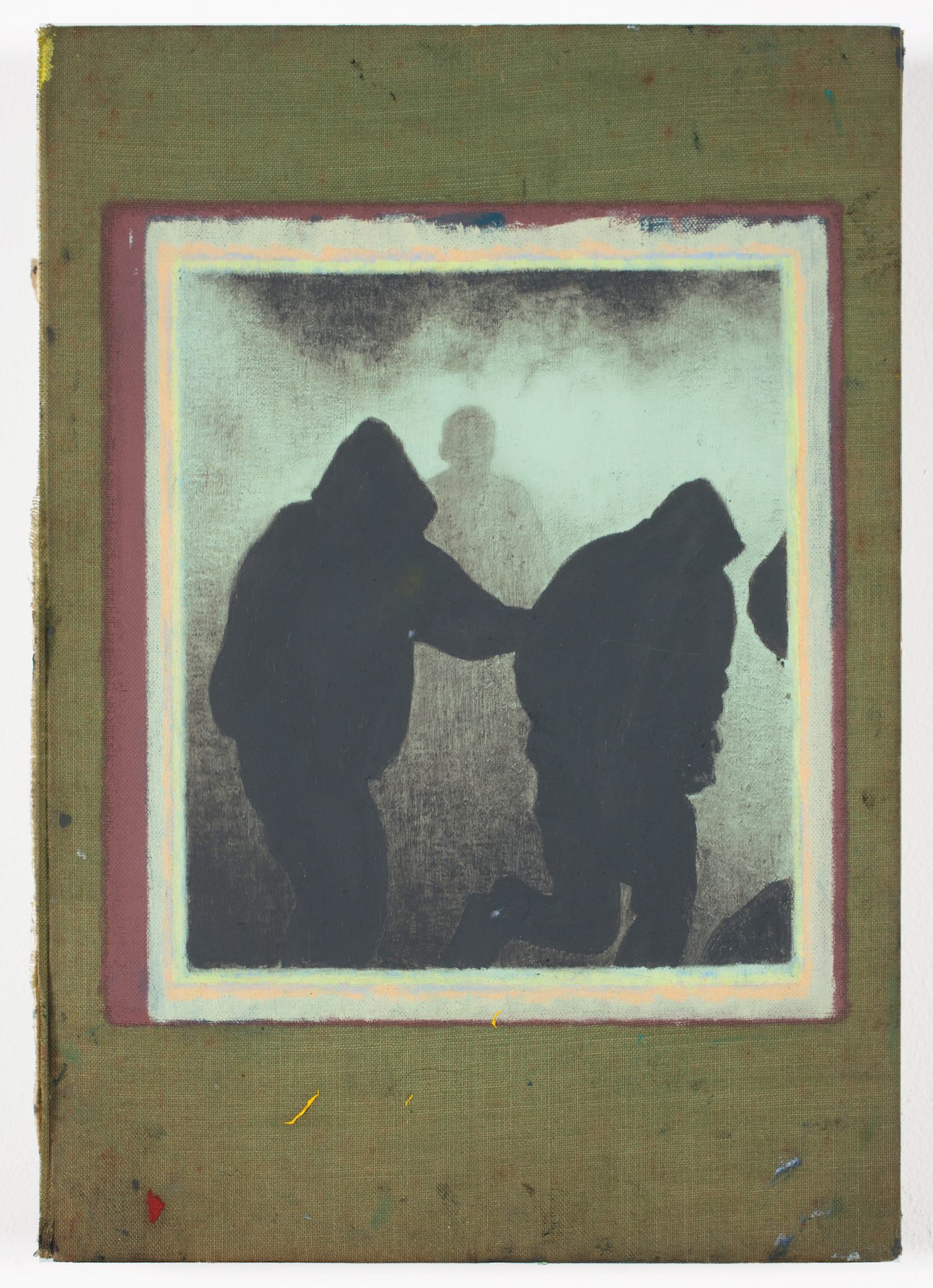
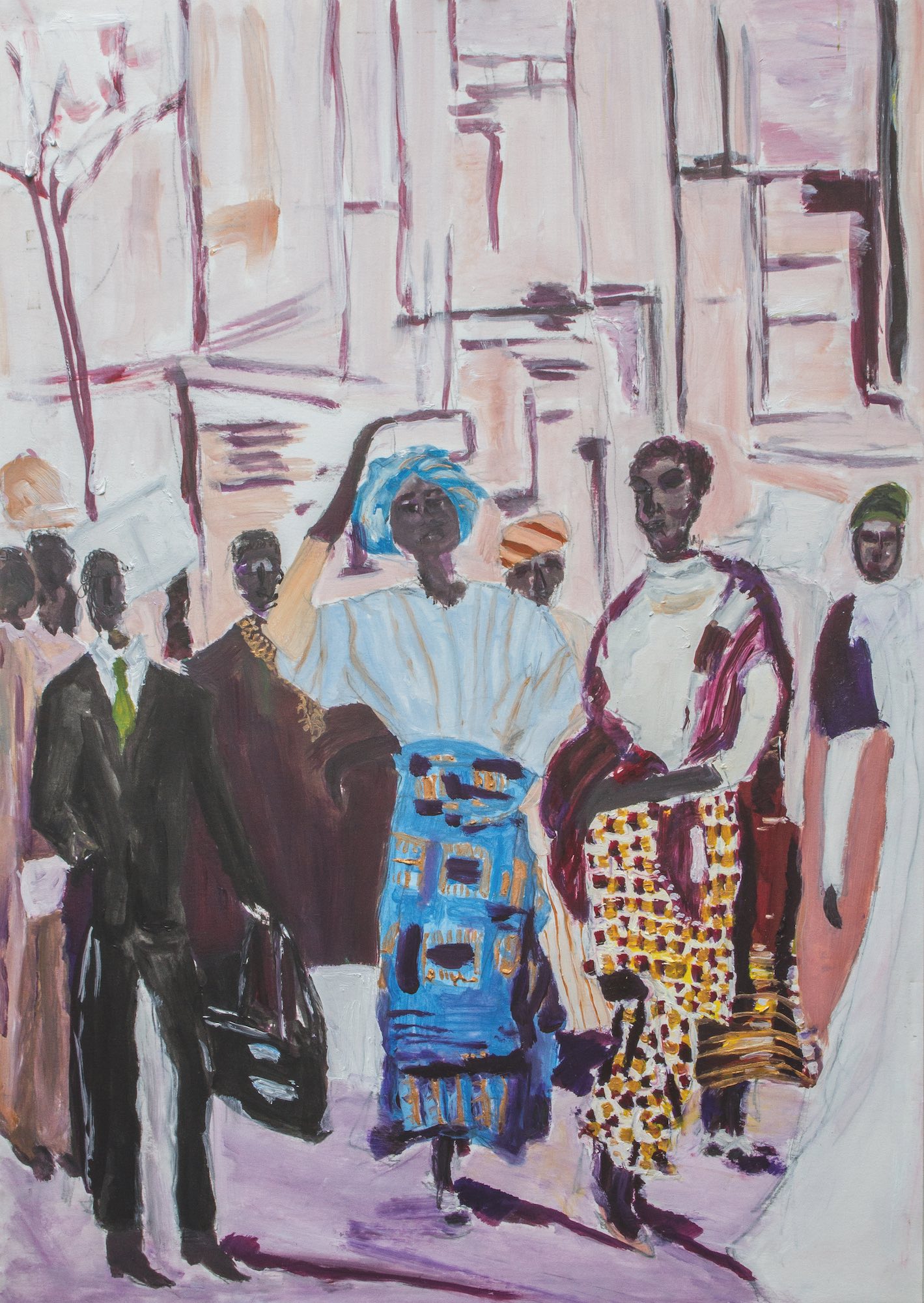
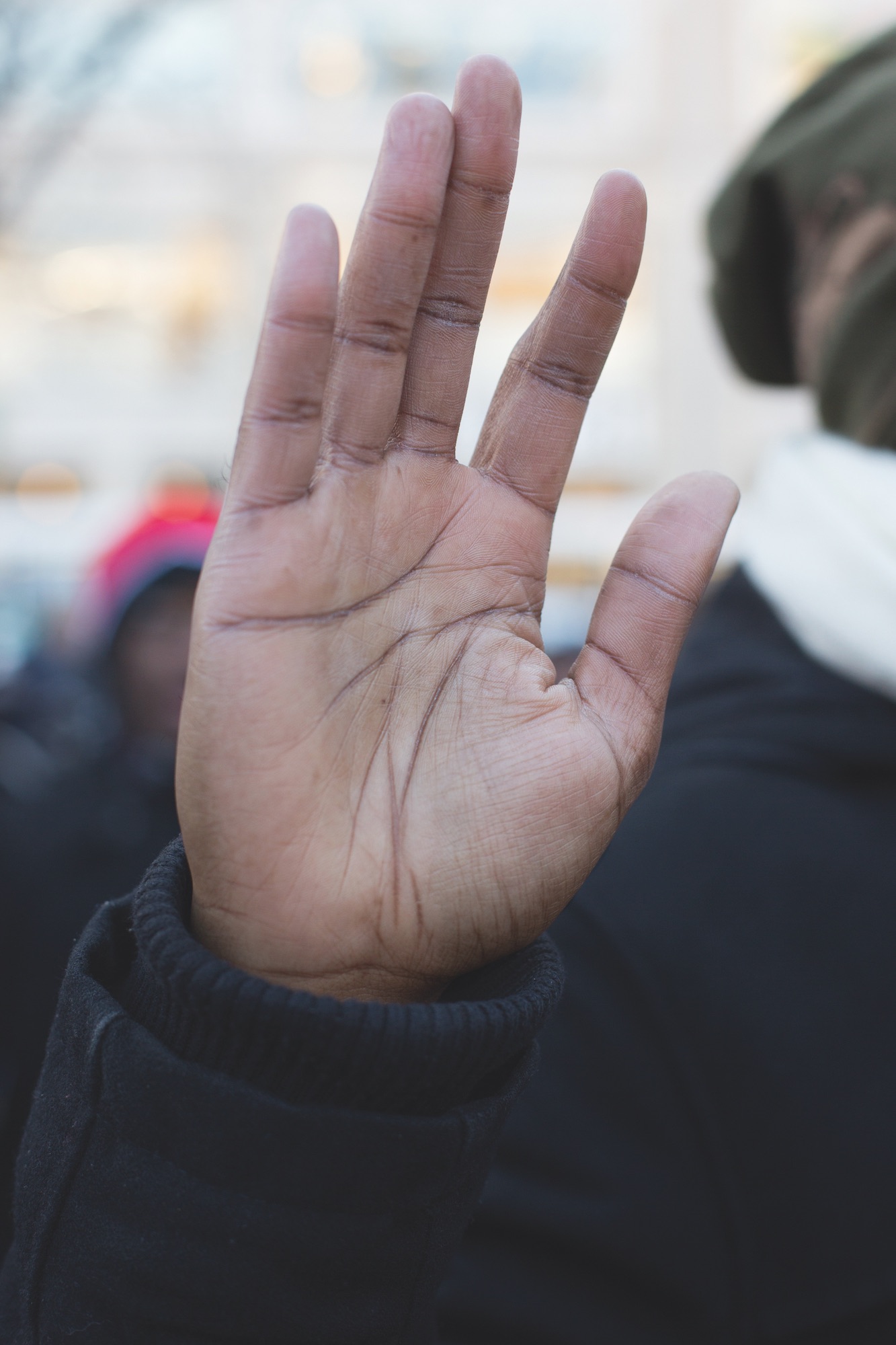

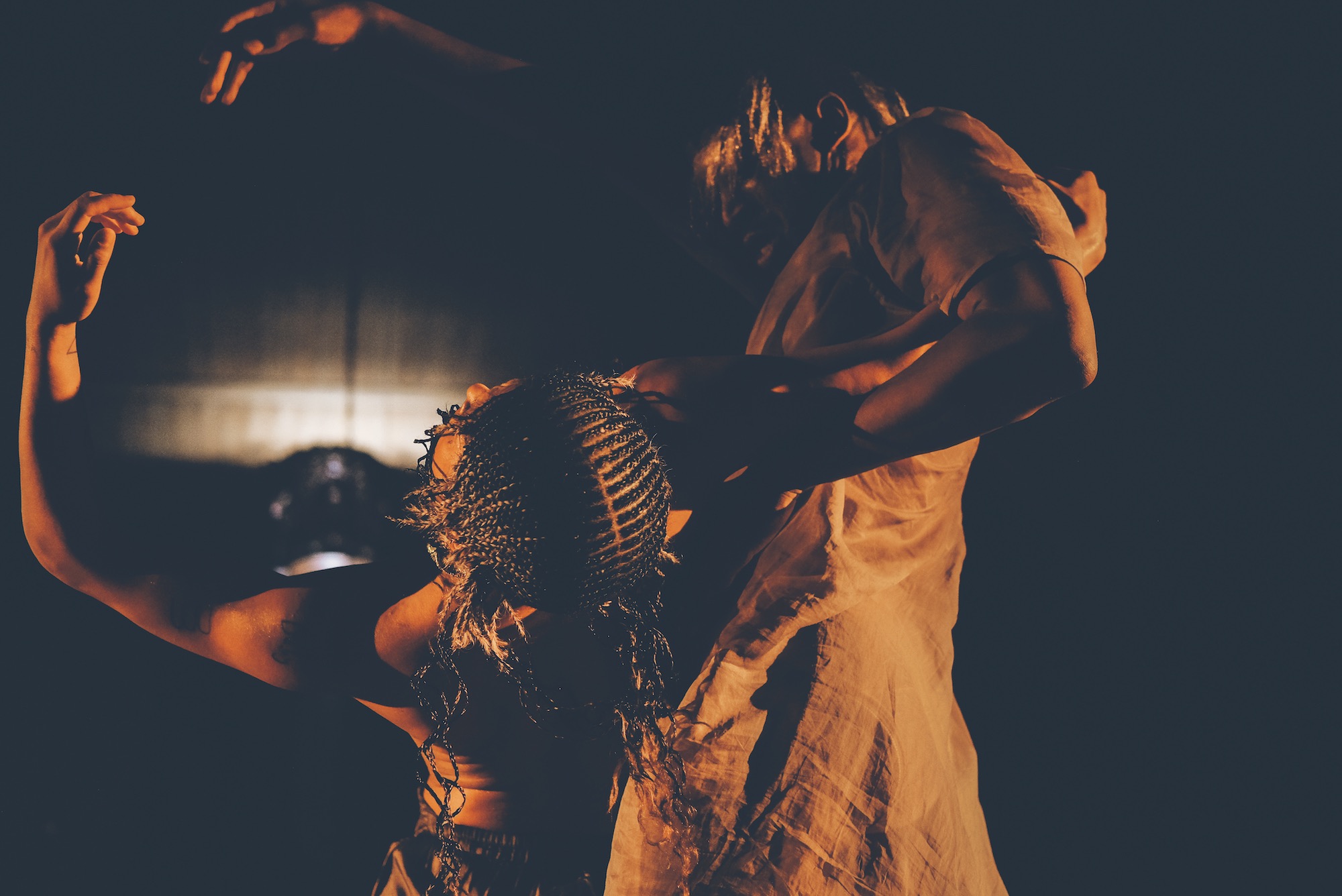

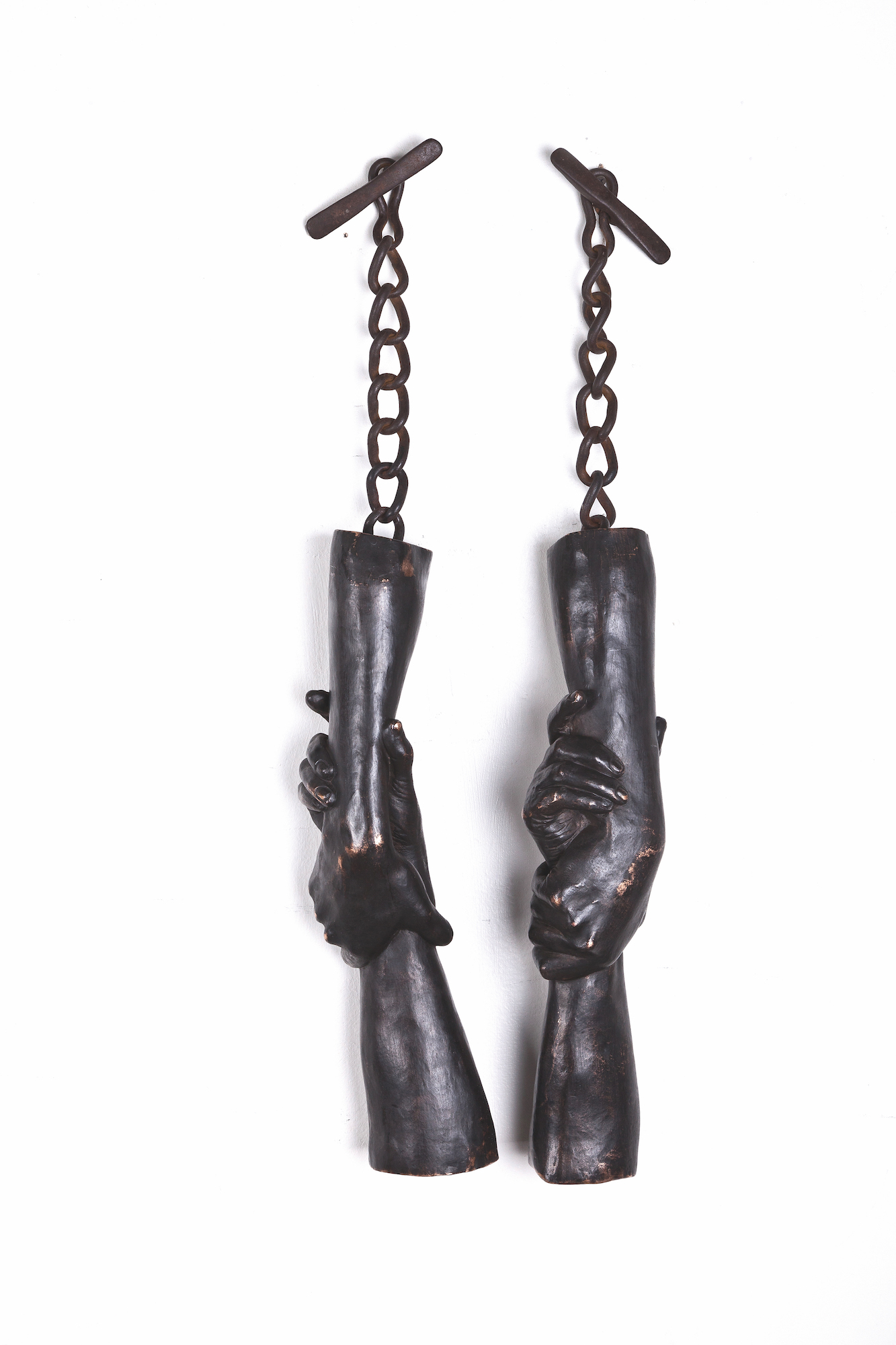


Ashley Holmes – “ There is no quick fix to this. There is a conversation to be had about self-hate. Embrace the mirror image, empower our people. I love to see people that look like me win. At times, we must be critical of one another. Ask about the good times, people are dying. Provide healthy alternatives. Let’s teach you how to manage money. Take my mum on holiday when I win a MOBO. Forget the stem, forget the leaves, forget the flower. Pick up the root.”
Boychild – “Feeling sweet feeling drops from my fingertips. They dance into the scene they set and the difference in dancing and seeing is inseparable. Hearing saves the space it makes by changing it. They prepare a table by bending, stretching and crumpling. Gluing and tearing can’t be excluded from remorseless workings. What it is to taste mass in the heart of eccentricity. What it is, celebration shot down, unburied, unrisen, listening and looking, hearing and seeing, till one another flies away. I wish I could caress. Turn myself off and go on down.” (Excerpt from Sudden Rise At A Given Tune, by Wu Tsang and Fred Moten)
Helena Foster – “Displaced? We must strive to eradicate the colonial mentality that lurks in the shadows of our own existence, as we try to navigate the complex layers of who we are, in search of truth and understanding of ones identity. One must stand up to narrow-minded representatives from institutions that will try to define, categorise and constrain you; challenge the need to be validated by institutions, guard your innocence and truth, and let your art speak for itself.”
Sara Rahbar – “No more jails. No more cages. No more chains. For animals or for humans. Animal rights = Human rights. We are all one. Everything is connected. Equality for all.”
Scott Treleaven – “We are at a point in time when we collectively have the technology and resources to turn the earth into a paradise for everyone on the planet. Until we accept consciousness as the unifying, fundamental basis for extending protection and dignity to all living beings, any attempt at realising this paradise will remain thwarted by partisanship, egoism, populism, materialism, ideology, meaningless bias and mythology.”
Tobjørn Rødland – “Keep increasing complexity. This is the enduring fight. Complexity involves listening, observing, including voices that disagree with yours, including things that don’t have voices.”
Author account for the Good Trouble hive-mind.


